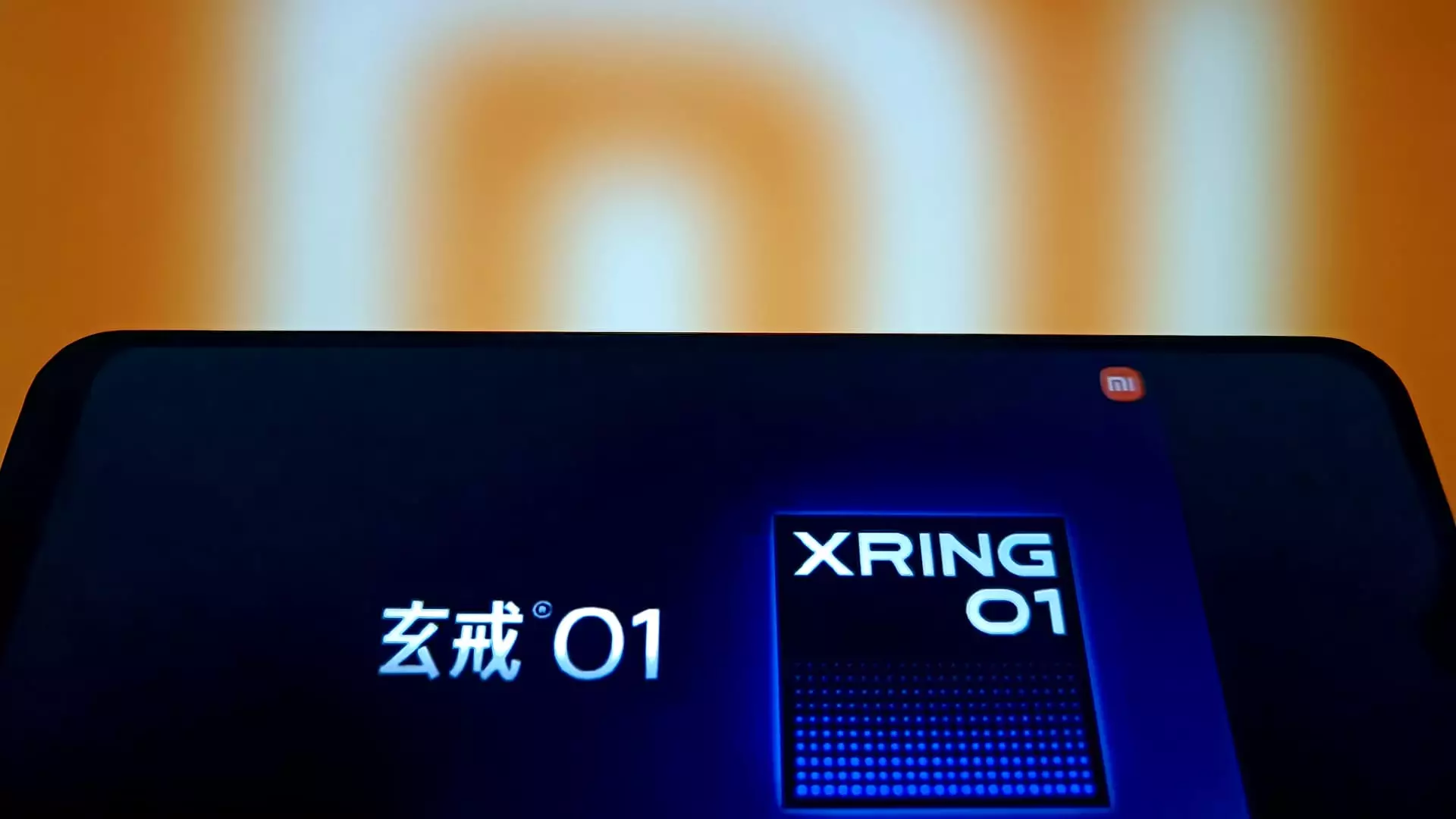Xiaomi is making waves in the smartphone market with its audacious approach to pricing and innovation. The recently unveiled Xiaomi 15S Pro poses a direct challenge to Apple’s iPhone with its starting price of 5,499 yuan ($764), considerably lower than the iPhone 16 Pro’s starting price of 7,999 yuan. This aggressive pricing strategy not only makes it easier for consumers to choose Xiaomi but also positions the company to benefit from the Chinese government’s subsidies aimed at boosting local businesses. In a market where the average consumer is increasingly price-sensitive, Xiaomi’s tactics offer an attractive alternative, potentially shaking the high-end smartphone sector traditionally dominated by Apple.
The dynamics shifting within the smartphone realm leverage financial accessibility as a compelling weapon. Price has become an undeniable factor in consumer choices, especially in a market like China, where a significant portion of consumers are influenced by state-supported discounts. By operating below this threshold, Xiaomi isn’t merely offering a budget-friendly device; it is signaling a new wave of consumerism that favors value over brand loyalty.
Innovation Amidst Restrictions
On the technological front, Xiaomi claims that its new Xring O1 chip surpasses Apple’s A18 Pro in several critical performance metrics. Such a claim is tantalizing, particularly in the face of increasing U.S. restrictions on Chinese access to advanced semiconductor technology. However, with doubts surrounding the authenticity of the comparison, the onus is on Xiaomi to substantiate its claims and prove that it can compete not just in pricing, but in technical excellence as well.
Xiaomi’s ambitious investment of 200 billion yuan in research and development over the next five years shows a commitment to innovation and growth. However, investing heavily in R&D doesn’t guarantee success; it requires strategic execution. Given the complexity and cost tied to semiconductor development and smartphone engineering, the company is venturing into an arena fraught with competition, not just from Apple, but from other tech giants eyeing the lucrative smartphone market. The technology landscape is relentless, and consumers demand not just value, but also superior performance.
Lessons from the Autonomous Vehicle Sector
Xiaomi has also entered the electric vehicle market with its SU7 sedan, pushing the boundaries of its brand into new territories. However, this venture is not without its complications. The tragic accident involving an SU7 drew concerns about the safety of advanced driver-assist features, prompting regulatory scrutiny. It is crucial for Xiaomi to navigate the nuances of automotive technology with caution if it aims to build a credible reputation in this competitive sector.
The announcement of the YU7 SUV with features like a robust driving range of 835 km and advanced driver-assist systems signals Xiaomi’s ambitious plans for innovation in the automotive landscape. Yet, the company must tread carefully in advertising such features, especially after China’s mandate for more conservative messaging. This balancing act between highlighting innovation and addressing safety will test Xiaomi’s mettle as it seeks to differentiate itself from established auto manufacturers like Tesla and Ford.
Consumer Trust and Brand Loyalty
Despite the challenges it faces, Xiaomi’s rapid growth cannot be overlooked. Achieving record sales and a 30% revenue growth projection reflects the company’s savvy marketing strategies and understanding of its target demographics. As of now, approximately 42% of Xiaomi’s revenue comes from international markets, suggesting a growing global footprint. Yet, the question remains: can it sustain this momentum?
Brand loyalty in technology is notoriously fickle, particularly in a segment that thrives on novelty and innovation. While Xiaomi has made significant strides, it must continuously prove to consumers that its products offer enduring value. The key challenge for Xiaomi will be to establish a brand identity that resonates with consumers, instilling a sense of trust that transcends price advantages.
The Road Ahead: Balancing Aspirations and Realities
Xiaomi’s ambitious moves in both the smartphone and automotive sectors signal not just company growth but a seismic shift in consumer technology preferences. Whether leveraging competitive pricing, technology claims, or delving into new markets, Xiaomi asserts itself as a formidable competitor. However, with ambition connected to tenuous circumstances—like the constraints of geopolitical tensions—it will need to navigate a landscape marked by skepticism, competition, and rapidly changing consumer expectations. The challenge is set; Xiaomi must now deliver on its promise to redefine what it means to compete against a titan like Apple.

